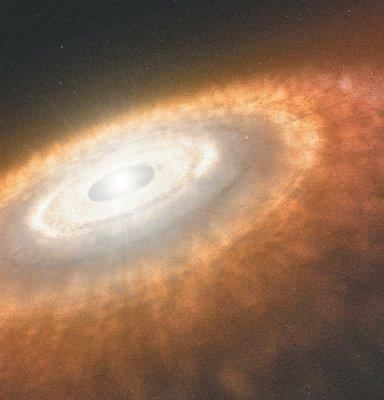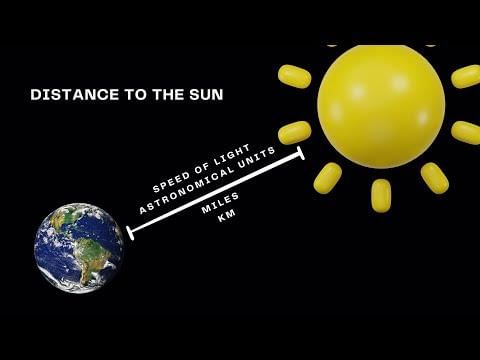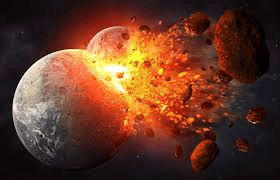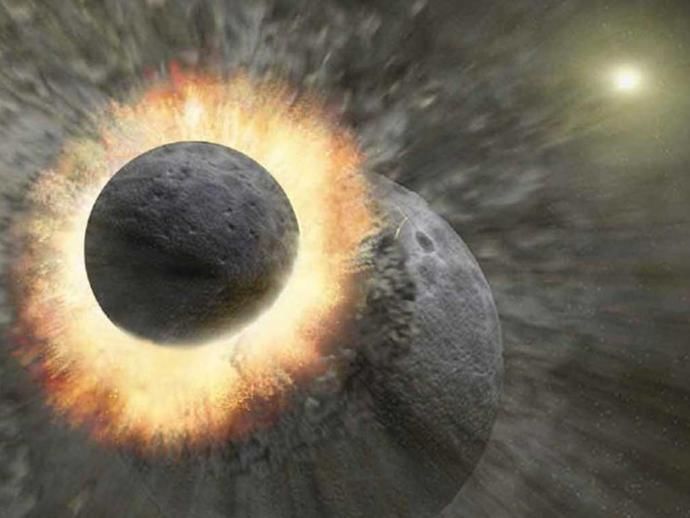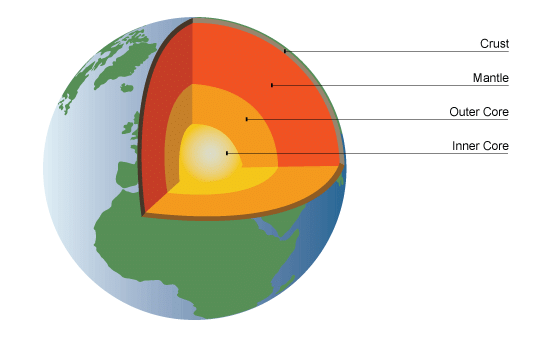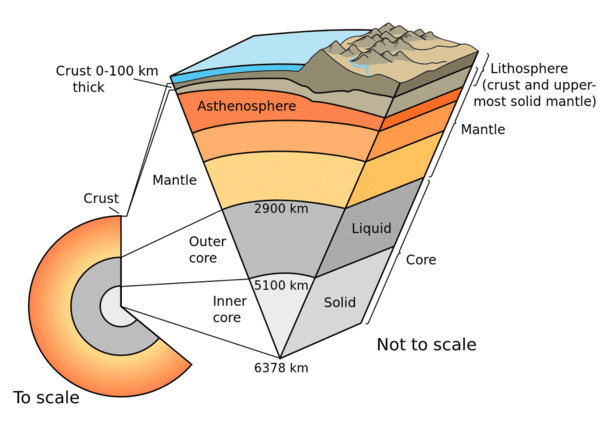|
True or False: All eight planets in the solar system are classified as terrestrial planets. |
Card: 3 / 42 |
|
Fill in the blank: The mean distance from the sun to the earth is approximately ___ kilometers. |
Card: 5 / 42 |
|
A light year is a measure of distance, representing how far light travels in one year, which equals approximately 9.461 x 10^12 kilometers. 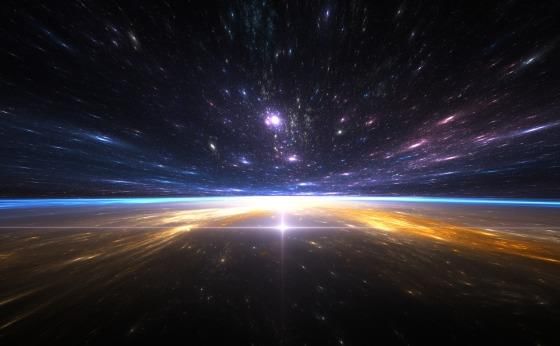 |
Card: 8 / 42 |
|
True or False: The gas giants have a higher density compared to terrestrial planets. |
Card: 9 / 42 |
|
False. Terrestrial planets have relatively high densities compared to gas giants. |
Card: 10 / 42 |
|
Terrestrial planets are rocky and metal-based, while Jovian planets are primarily composed of gases like helium and hydrogen. |
Card: 12 / 42 |
|
True or False: The Moon formed from material that was blasted from the Earth after a collision with another celestial body. |
Card: 13 / 42 |
|
Fill in the blank: The process that led to the Moon's formation is often referred to as 'the big ___'. |
Card: 15 / 42 |
|
True or False: The current scientific consensus supports the idea that the Moon formed from a series of smaller impacts over millions of years. |
Card: 19 / 42 |
|
Fill in the blanks: A body that collided with the Earth was between ___ and ___ times the size of Mars. |
Card: 21 / 42 |
 Unlock all Flashcards with EduRev Infinity Plan Starting from @ ₹99 only
|
|
The process of differentiation during the formation of the Earth led to the separation of materials into distinct layers based on their densities. True or False? |
Card: 23 / 42 |
|
Minerals are defined as naturally occurring inorganic substances with an orderly atomic structure and a definite chemical composition. Fill in the blank: A mineral is composed of two or more elements, but sometimes single-element minerals such as ___ or ___ are found. |
Card: 27 / 42 |
|
The density of materials increases from the crust to the core of the Earth. True or False? |
Card: 29 / 42 |
|
Which two elements are commonly found in the Earth's crust that are not part of the eight most abundant elements? |
Card: 33 / 42 |
|
True or False: All minerals found in the Earth's crust are organic substances. |
Card: 37 / 42 |
|
False. Most minerals in the Earth's crust are inorganic, although some organic minerals like coal, petroleum, and natural gas exist. 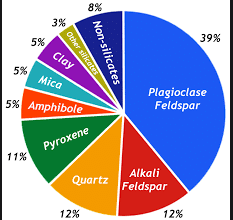 |
Card: 38 / 42 |
|
Most minerals originate from the hot magma in the Earth's interior, which cools and crystallizes to form various minerals. |
Card: 40 / 42 |
|
Fill in the blank: Minerals such as coal, petroleum, and natural gas are referred to as ___ substances. |
Card: 41 / 42 |





